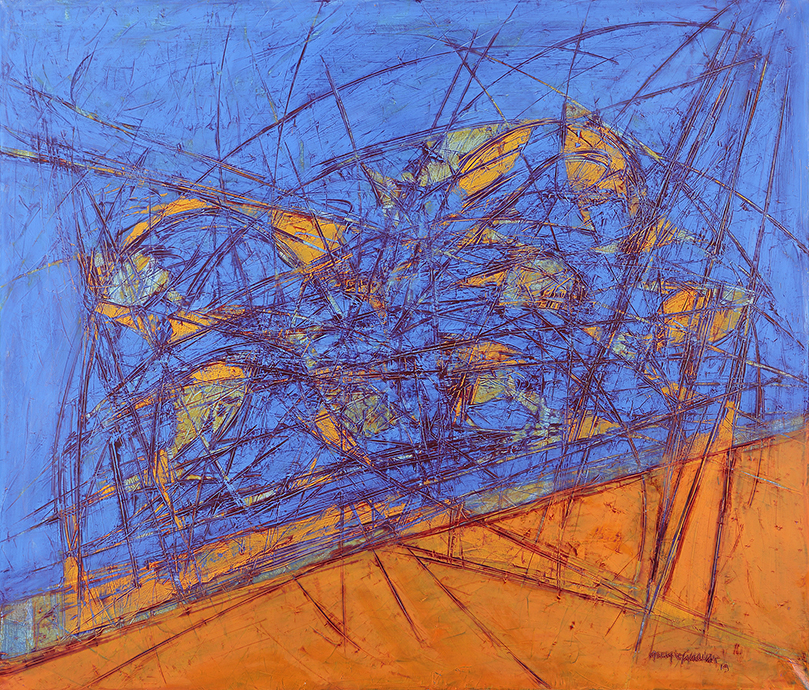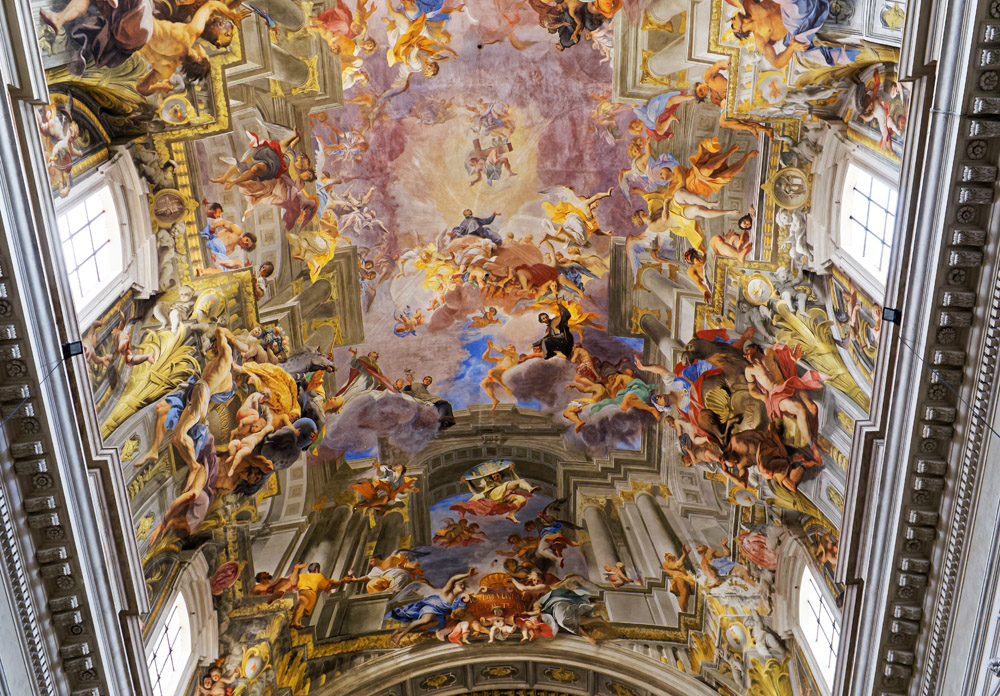Florian has made his name in the UAE photography scene thanks to his mesmerizing timeblend shots and his photo collection is now on show at Project Art at Zabeel House by Jumeirah, The Greens. We wanted to know more the creative process of the artist and hopefully you will enjoy this interview as much as we did.

What attracts you the most about landscape and cityscape photography?
While landscapes are definitely interesting, I actually enjoy to explore a broad range of photographic domains, and not limit myself to one specific area. As a a result I’ve been trying to broaden my photographic horizon across cityscape, aerial, timelapse, astrophotography shots. What I love most though is to be able to combine these subjects, for example by bringing the human or urban and the celestial into single images. It’s combining the artistic and the technical that does it for me, and I think my portfolio sorts of reflect that in different ways.

Hows timeblend photography different from timelapse photography?
They are closely related. In both you take a series of images over many hours or even days to capture the transition of light during this period. The primary difference is that for timelapse the images are then turned into a video that compresses these many hours into a few seconds, for instance; the goal of the Timeblend project on the other hand is to compress this transition of light, from day to night, into a single photograph, rather than a video. There’s something beautiful about extending a medium that is generally meant to capture only a split second so that it suddenly shows what happens over several hours – and while the human eye never actually sees it this way, it is still all real.

What are the shots you are most proud of?
As an artist I feel it’s sometimes difficult to be proud of your work, because once you complete a piece, you already look to the next one and what can still be improved. When it comes to the Timeblend project, there are a few shots I really enjoyed shooting, and usually it’s not because of the subject or their technical qualities, but rather the process that surrounds the image, the effort it took to scout the location, get access to it, shoot multiple times, re-shoot, re-process, and finally arrive at a print you’re happy with.
What shots were the most difficult to take?
I would say the panorama images of the series, because it was very difficult to shoot exactly the same composition several hours or even days apart. That meant a lot of manual alignment in post production so that the transition looks smooth.

How do you prepare for a shoot ?
That’s a good question – there are a lot of great photographers out there who are able to just go out, shoot and get amazing results, and I really admire that. My own process is usually more planned, and I have the final result in front of my mental eyes before I shoot. I spend a lot of time on Google Maps, or driving around, to find places that could be interesting to shoot from, and oftentimes that then means convincing people to give you access or permission to those places. Similarly, I spend a lot of time looking at the weather forecast and sunrise and sunset times to make sure I get the kind of light I had in my mind.
What gear do you use?
When it comes to gear, people are usually surprised to hear that I shoot with a small Olympus mirrorless camera. While it has some limits compared to the big brands and their larger models, the compact size of the camera and especially the lenses, paired with some amazing unique features, made it the go to choice for me for over 10 years now. In the end, the choice of gear brand is only rarely a limiting factor in the work you do.

How does your post production look like?
Normally my post production is quite simple and limited, but the Timeblend project obviously comes with a bit more work. Because you take multiple images at different times of the day, you first need to process them individually, before then aligning all of them to match pixel by pixel. I then use digital blending, which is essentially masking certain elements of each photo in order to show only a part of each image, creating the transition from day to night in the final outcome. When I then look at the result I often still find elements that I was not happy with. That means going back to the original images and re-editing them, or adding another image under a slightly different light, in order to get the transition the way I envisaged it.
The shots you create are highly technical, how much room do you have for creativity within a frame?
I believe that the combination of the artistic and the technical gives you more room to experiment creatively. For example with the Timeblend project you need to find and shoot a composition like with any regular photograph, but then also decide during the post production how your day to night transition looks like, how much of each time of the day you want to show, which part of the image works better at night vs day, and so on.

Is timeblend photography a perfect sport for an introvert as you haven’t spend so much time alone on roofs and other locations while creating a shot?
Photography can be both I believe – I don’t mind spending hours in a single location by myself, just watching the light change over time and then sit in front of a computer to process the result. But at the same time it can be very rewarding to exchange ideas and techniques with other photographers.
I personally shoot alone most of the time, but I’m always happy to hear how others approach their work, and share my own process with people who want to learn more about it, and there are definitely times when shooting in a group makes the whole experience more enjoyable.

How do people respond to your photos, do you often need to explain the idea and the technical part of an image?
The timeblend series is very special in that sense, because it is a mixture of both photography and art in a way. The way that I conceived the project was to not make it immediately obvious that the human eye would never see the scenery on the image in real life. As such, it sometimes took people a little bit to grasp that the right side of the image has buildings with lights on, while on the left side the sun shines brightly. Ultimately I think the goal of any artist is for people to take an extra moment when looking at your work, and then arrive at the “aha” moment where it clicks.
What are your plans for this year? Do you have some locations you want to shoot on your to do list?
Frankly I always have a long list of ideas and thoughts around what and where I want to shoot, but I try not to link these to specific timelines. The summer is the Milky Way season, so some astrophotography is definitely on the cards. And who knows, maybe I will start a Series 2 of the Timeblend project.
See more of Florian’s work on theflore.com and @djflore



